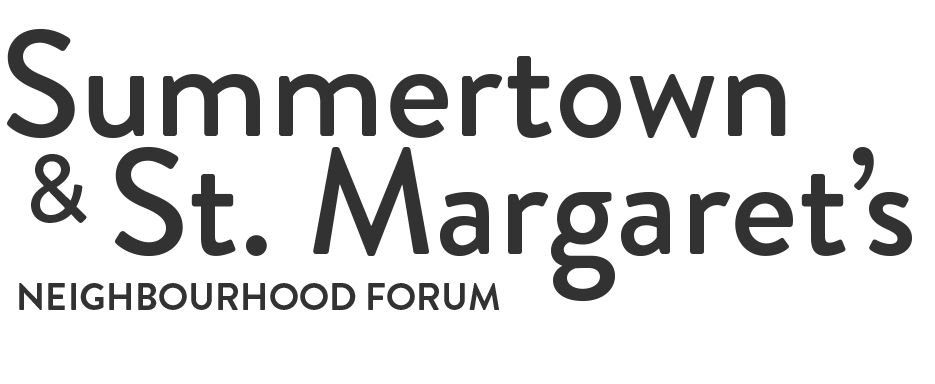N. Banbury Road
General overview
Banbury Road is one of the main artery roads into the City of Oxford and is the backbone of the Neighbourhood Forum Area.
The road is a signature entrance route into Oxford: broad, tree-lined, and characterised by a series of grand, detached Victorian mansions at the approach to St Giles.
At the Cutteslowe roundabout, where the Banbury Road enters from the North, the route begins fairly modestly with low-rise housing and some elegant flats, shielded from the road by landscaped trees and greenery. On the West side there are two high-end B&B hotels. These and the large building next to them are a tribute to recent architectural practice, respectful of the road’s heritage. On the East side, near Hernes Road, there are well-designed modern retirement flats.
The new d’Overbroeck’s School site, soon to be completed, spans the Banbury Road just beyond the Squitchey Lane intersection. This consists of a grand refurbished Manor House (formerly a Masonic Lodge) to the West, which is to become the main building, a modern school complex behind it and a new boarding house opposite. Further down on the East side is the striking Victorian Gothic church hall of St Michael and All Angels, with the Church itself on the next corner. This is followed by a row of Victorian terraced houses, many of them converted to Bed & Breakfast establishments.
Following some important commercial building on the West (legal and insurance offices, BBC Oxford) the Summertown shops commence. Here the Banbury Road is in a 20 mile an hour zone. The shopping centre has a pleasant, pedestrian-friendly ambience and draws in a great deal of outside trade. The broad pavements host a weekly farmers’ market and are generally crowded with walkers, and there are public benches as well as pavement cafes. There are many essential retail outlets e.g. four supermarkets and two chemists, and several restaurants, cafes, a bar and a popular pub. The area has a very mixed demographic, being frequented by local residents, office workers, and teenagers from nearby schools.
Beyond the shopping centre the magnificent Victorian mansions of the internationally famous North Oxford Estate begin and continue all the way to the City Centre. The high Victorian stone walls hiding the wooded gardens around Somerville House and the Fairfield Residential Home are worthy of note.
Banbury Road sets the mood for those arriving in a unique city and, with its numerous high-quality hotels and restaurants, encourages many to stay longer. It is arguably the finest of the city’s arterial roads.
History
Banbury Road has a lively history. As a turnpike it dates back to the 16th century and North Parade and South Parade (two attractive streets, lined with galleries and restaurants that lead off it) were named after the troop positions of the rival armies in the Civil War.
Diamond Hall was a well-documented 17th century public house along this route, much frequented by highwaymen. Its name lives on in the area.
The Banbury Road became very significant towards the end of the 19th century when Summertown was incorporated into the City of Oxford and was quickly developed. Victorian foresight and imagination then set the scene for this splendid tree-lined avenue which is a fitting entrance to one of the most exciting cities in the world.
Issues
– Banbury Road is heavily used by buses, cars and cycles, all competing for road space. The splendid trees both on the pavement and at the edge of gardens prohibit the road being substantially widened. As a result various traffic management measures need to be considered as a matter of urgency
– The off-set junction with Marston Ferry Road and Moreton Road creates confusion for drivers and danger for pedestrians on the Eastern side of Banbury Road
– The approach routes to pedestrian crossings needs reviewing
Assets
– Great overall impression as a gateway to Oxford
– Powerful Victorian heritage
– Well set-back buildings leaving space for generous front gardens and pavements with mature trees
– Very good public transport
– Some responsible recent architecture respecting the road’s heritage.
– A truly green access corridor
Guidance for new development
– All trees to be protected
– Potential new buildings should be set back and shielded by well-designed green frontage
– Banbury Road is robust enough to accept contemporary architecture but this needs to be of the highest quality if it is to justify its place in Oxford’s impressive gateway

